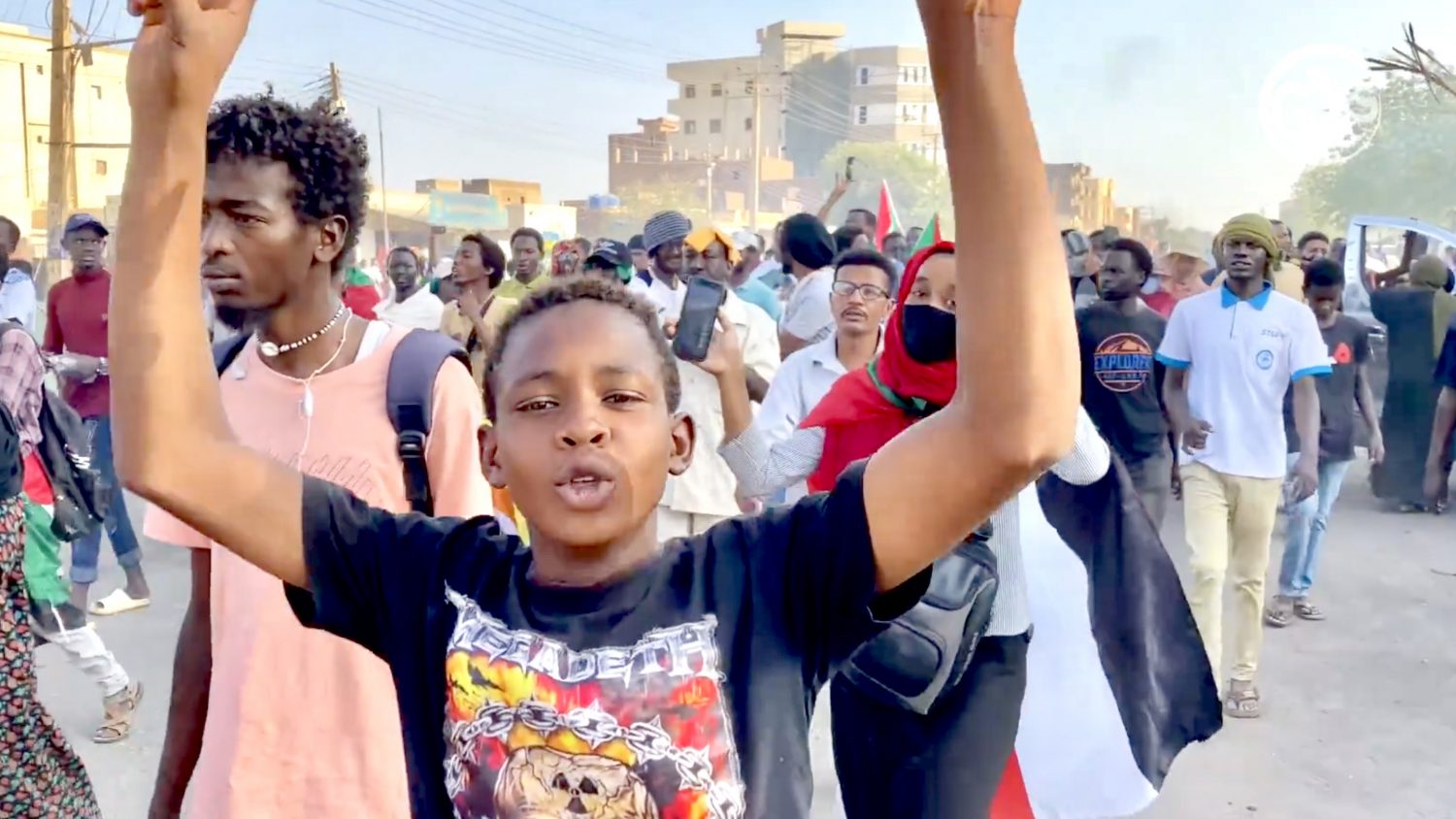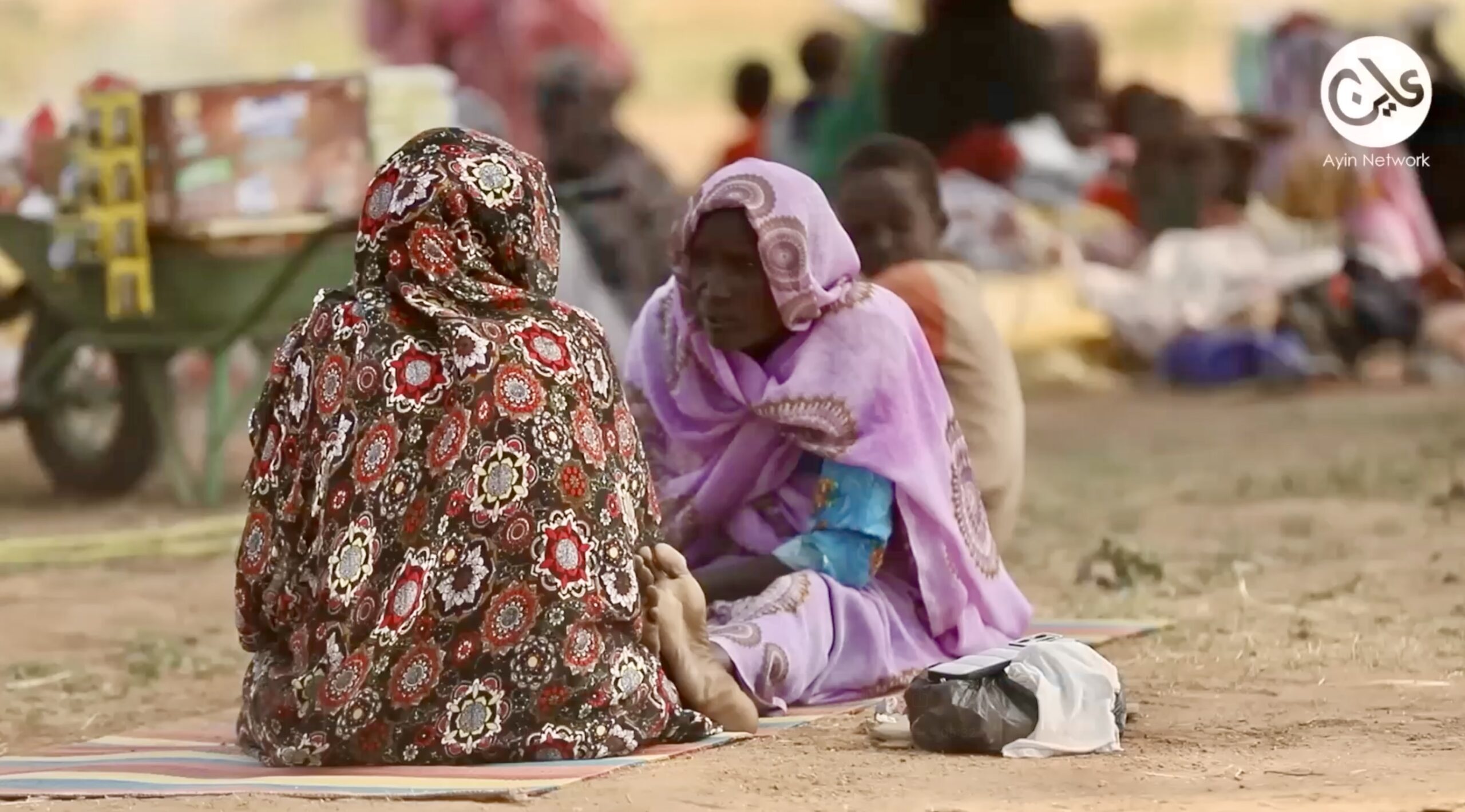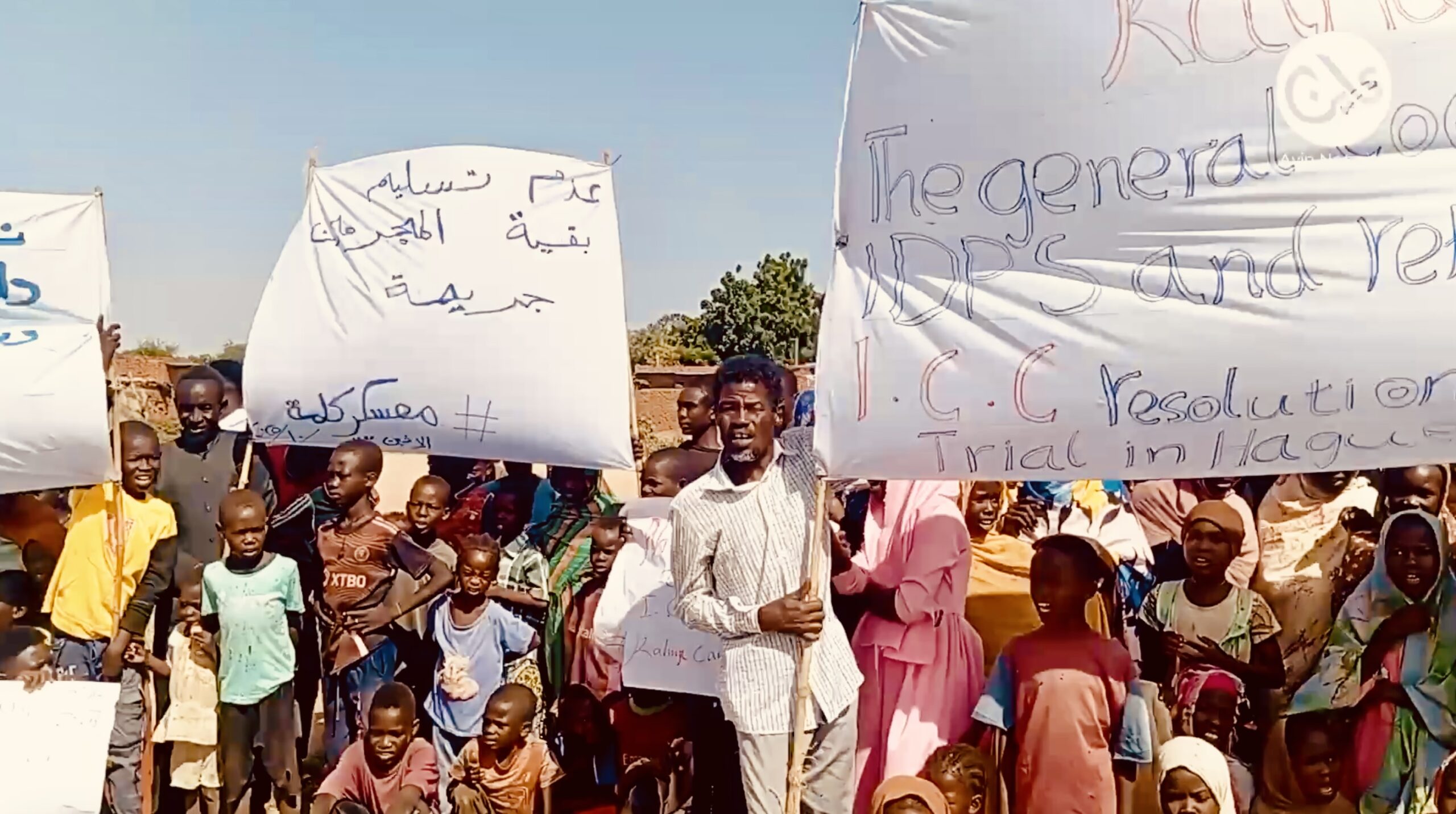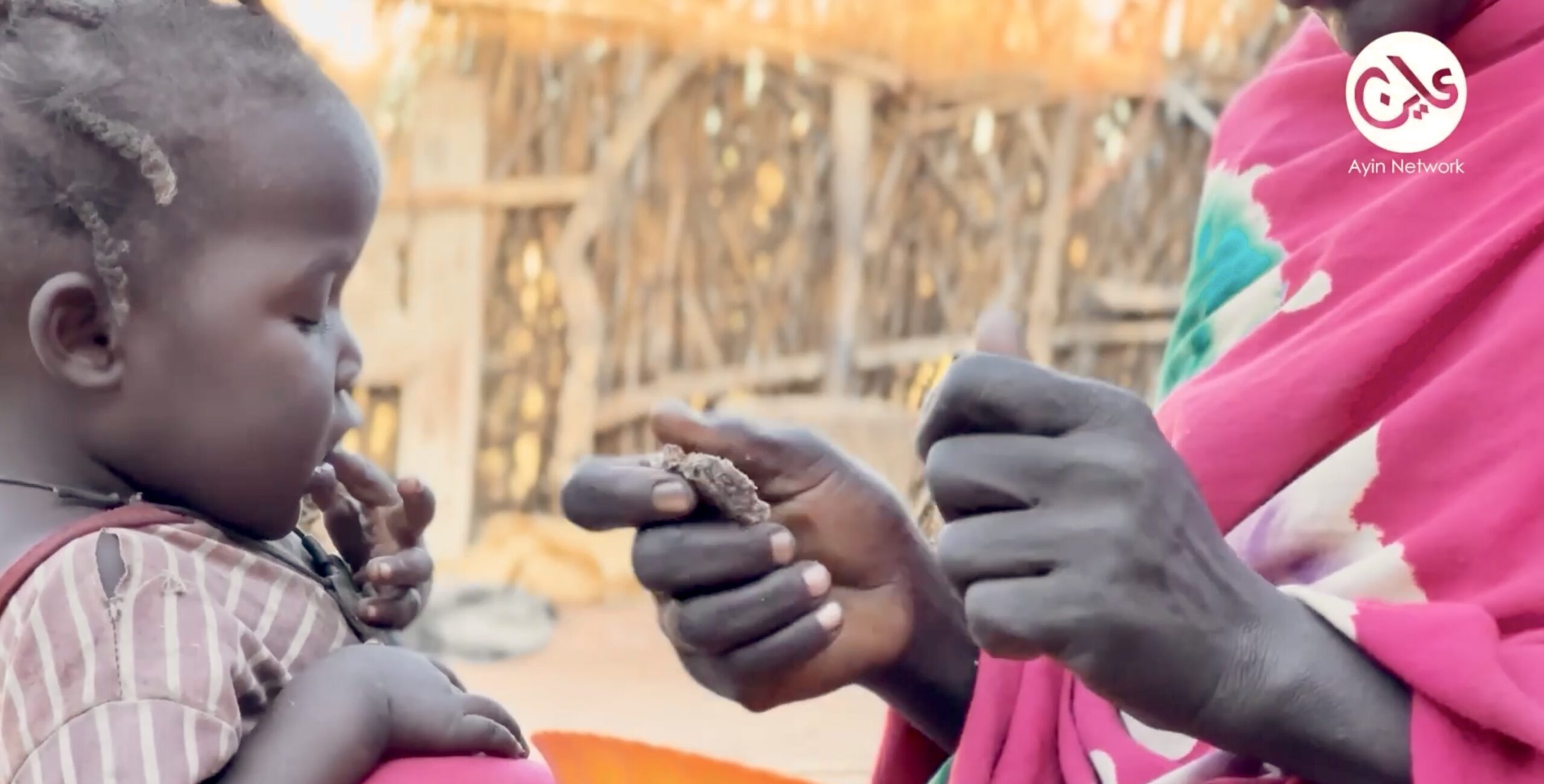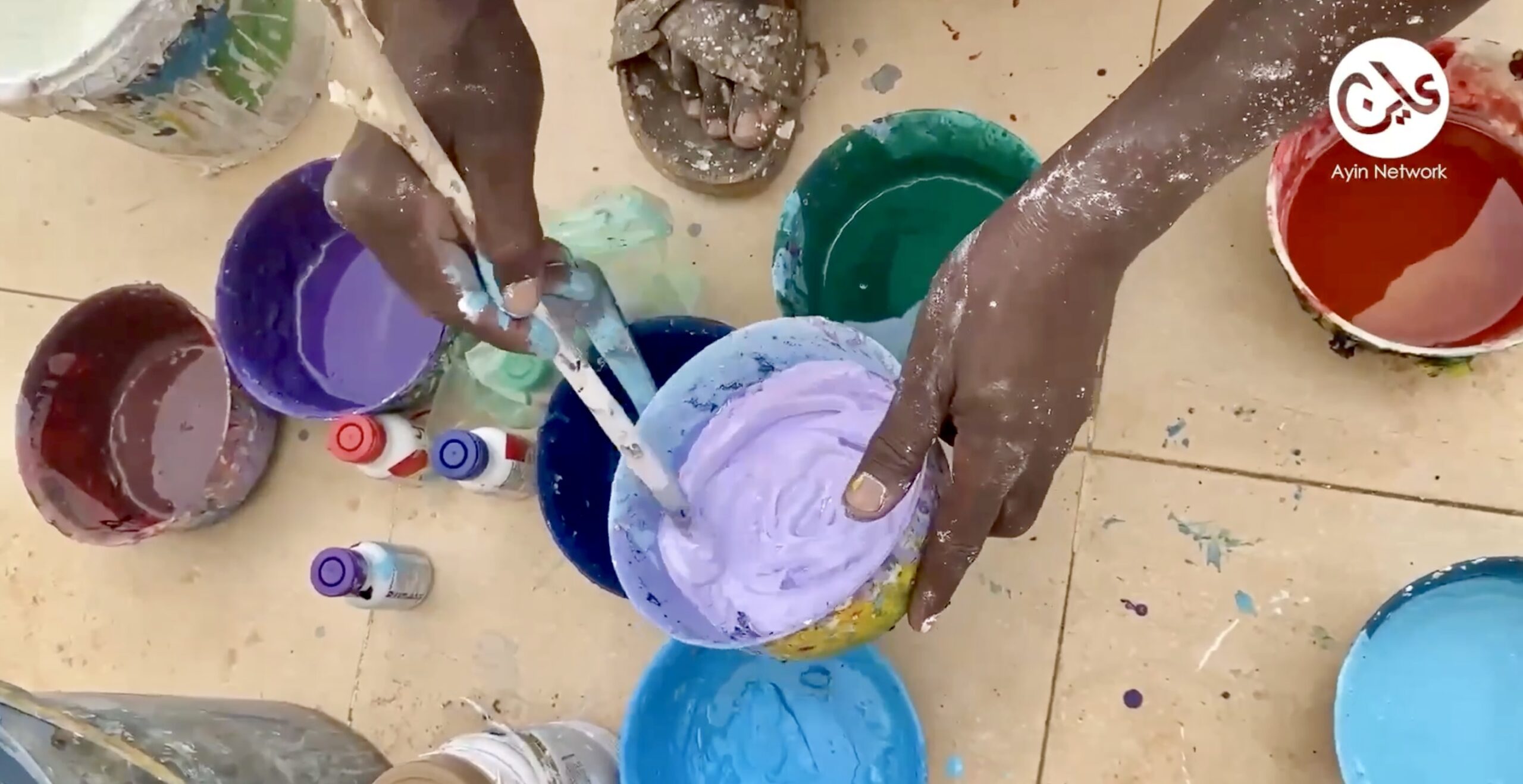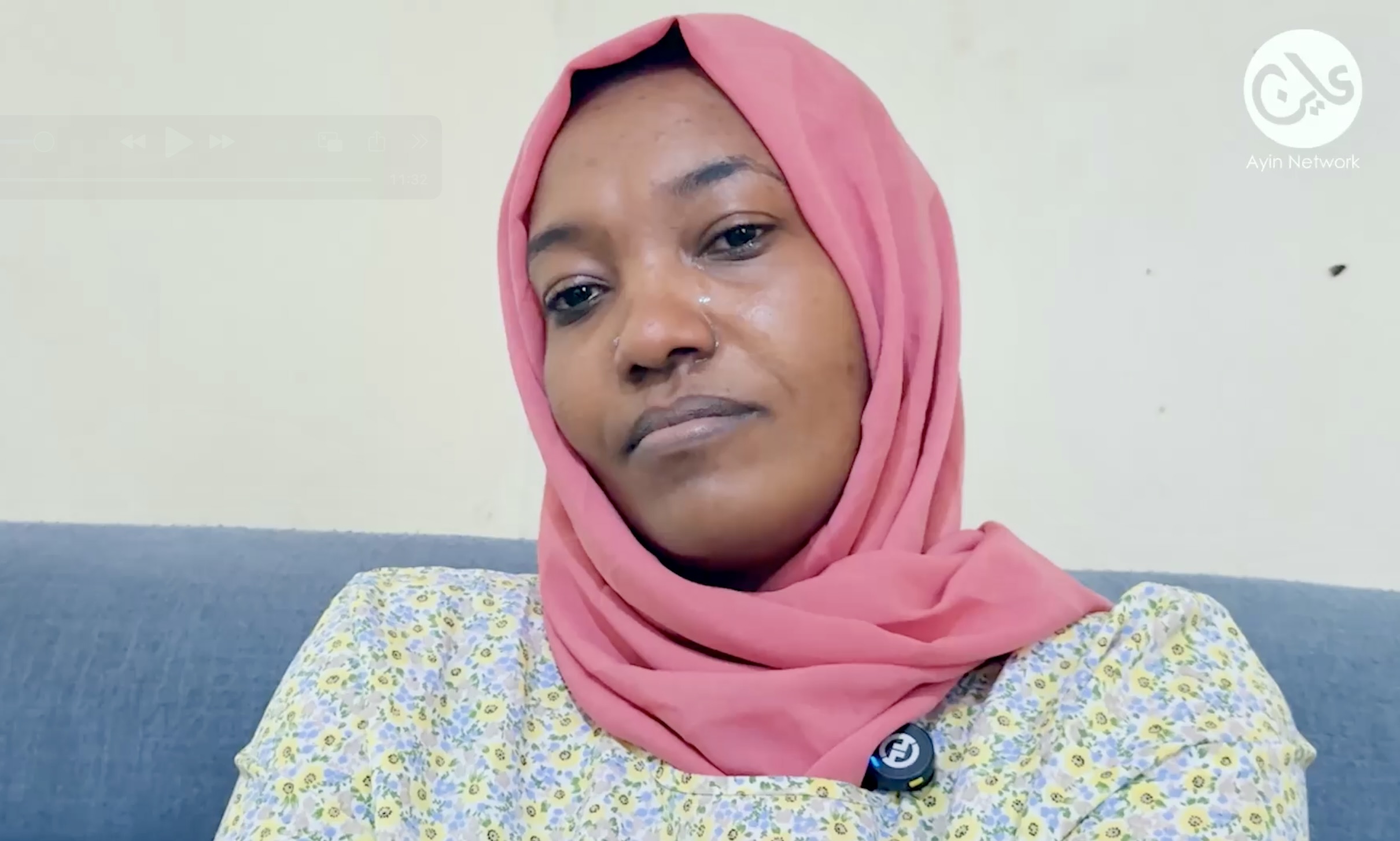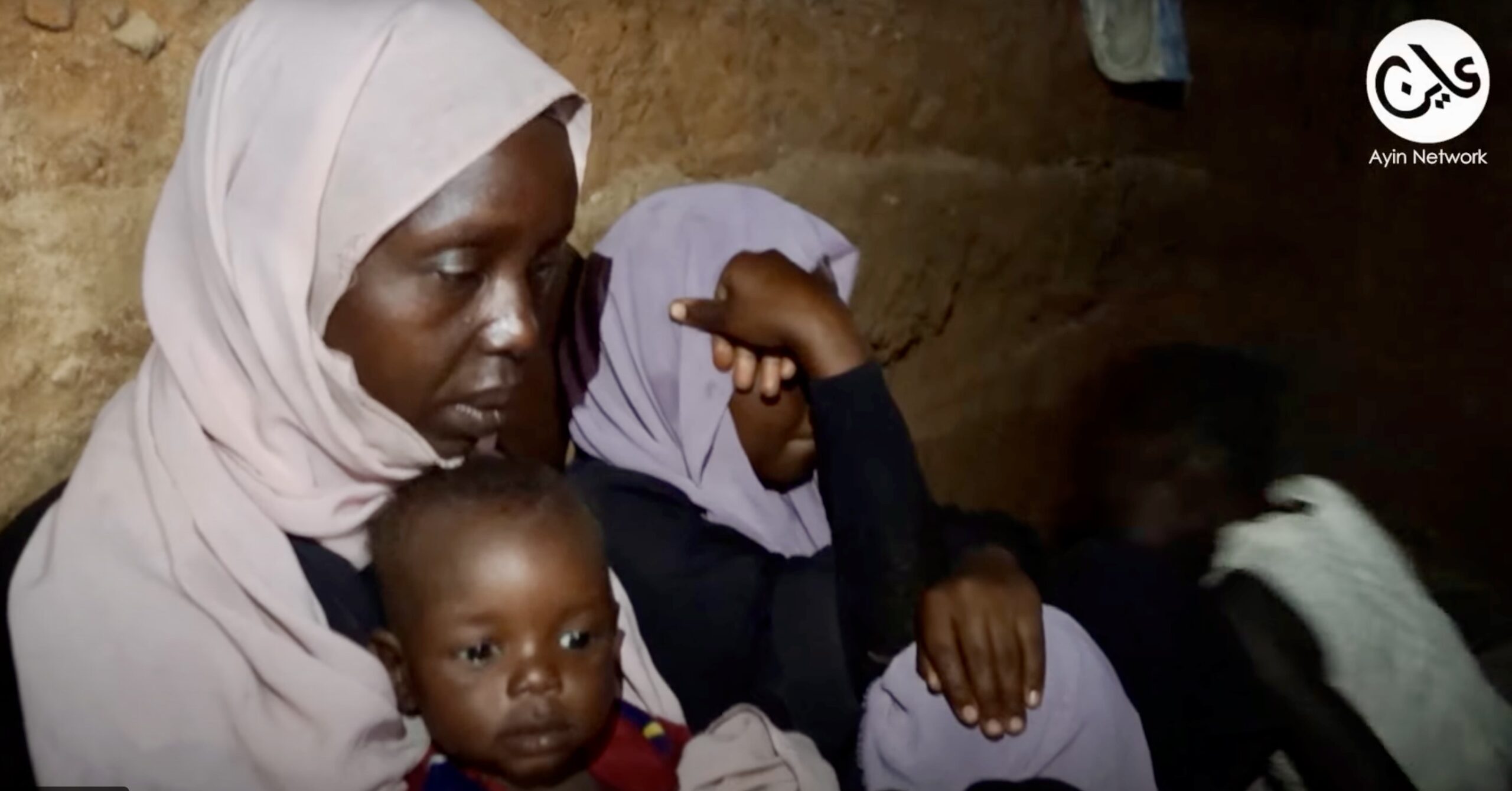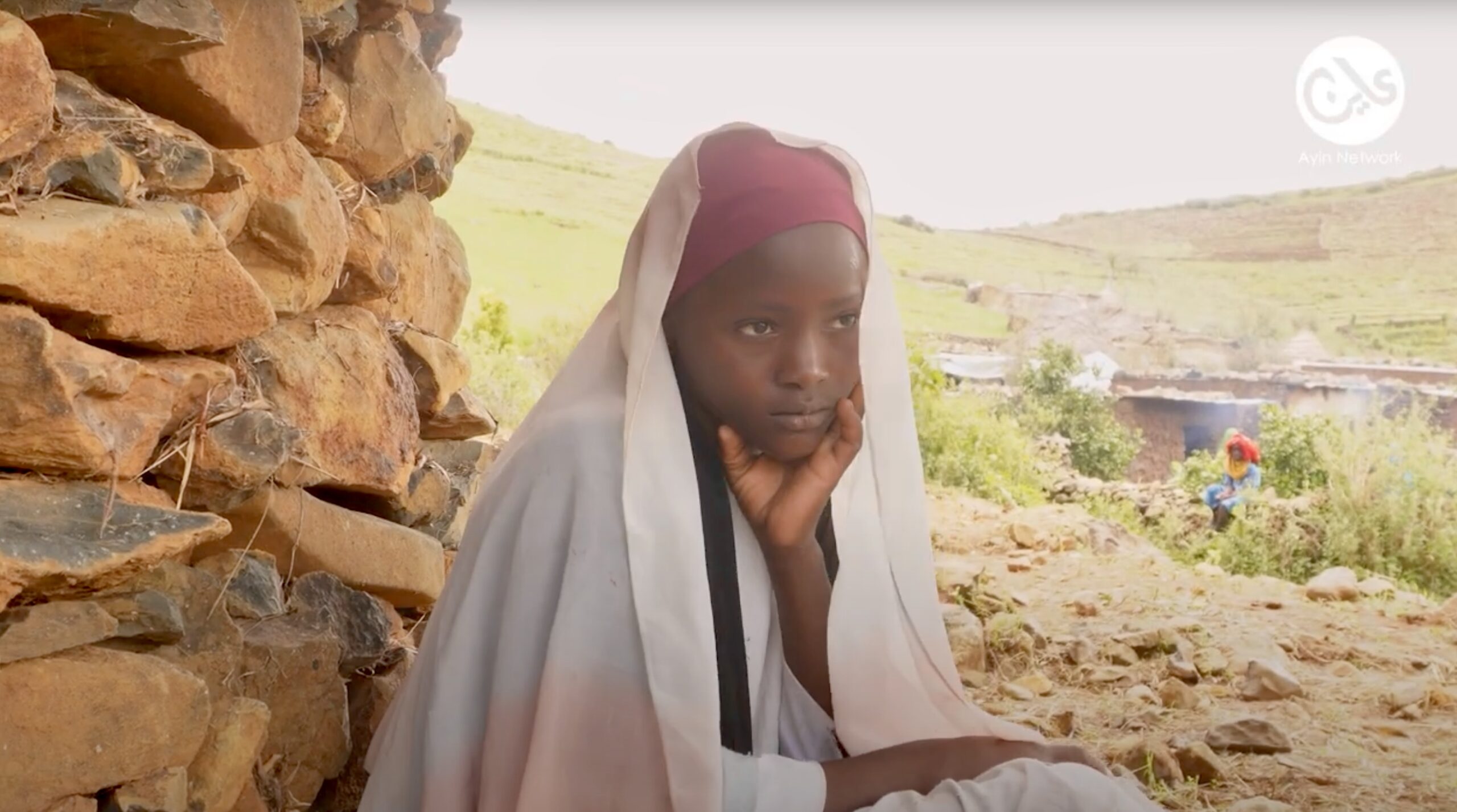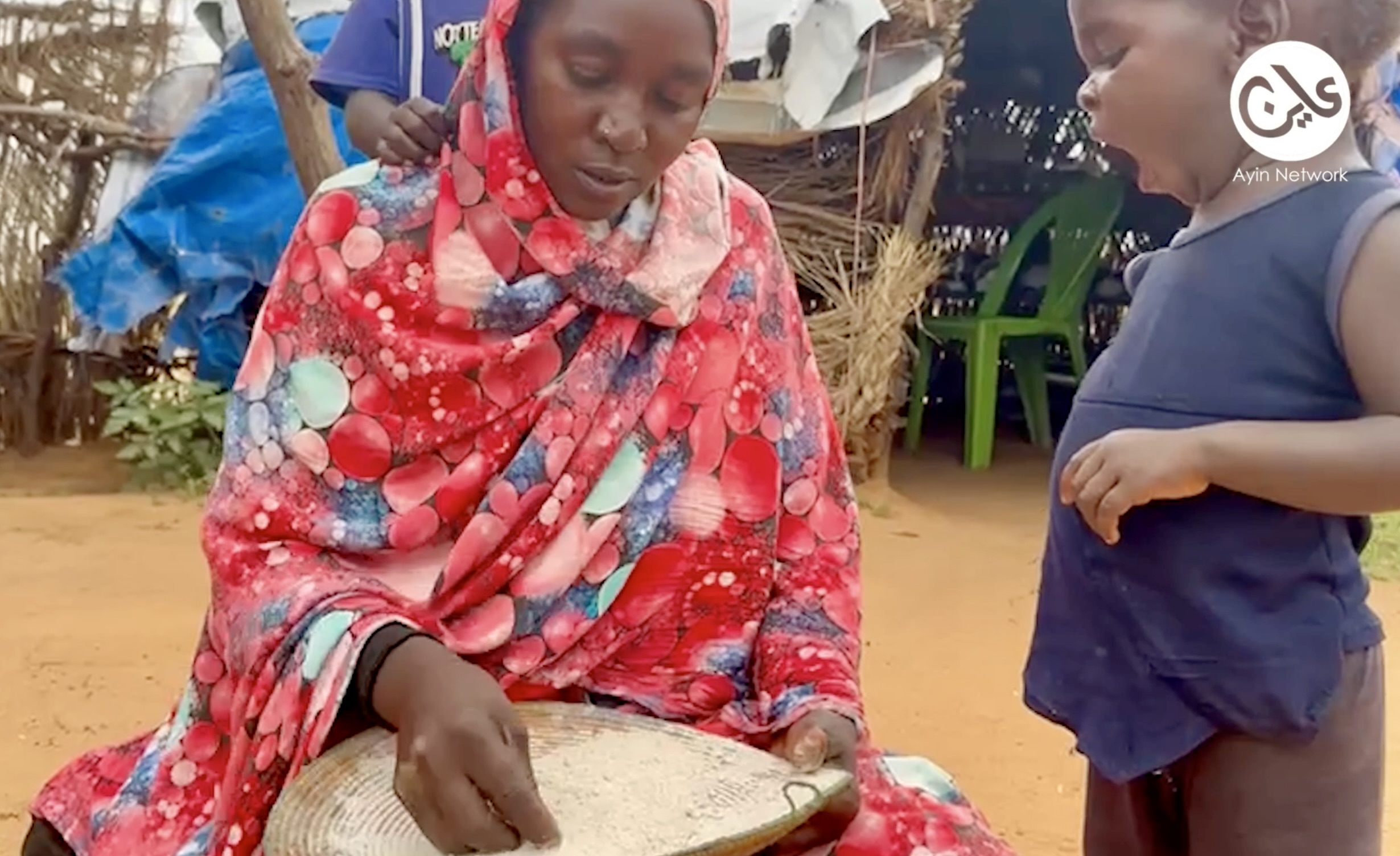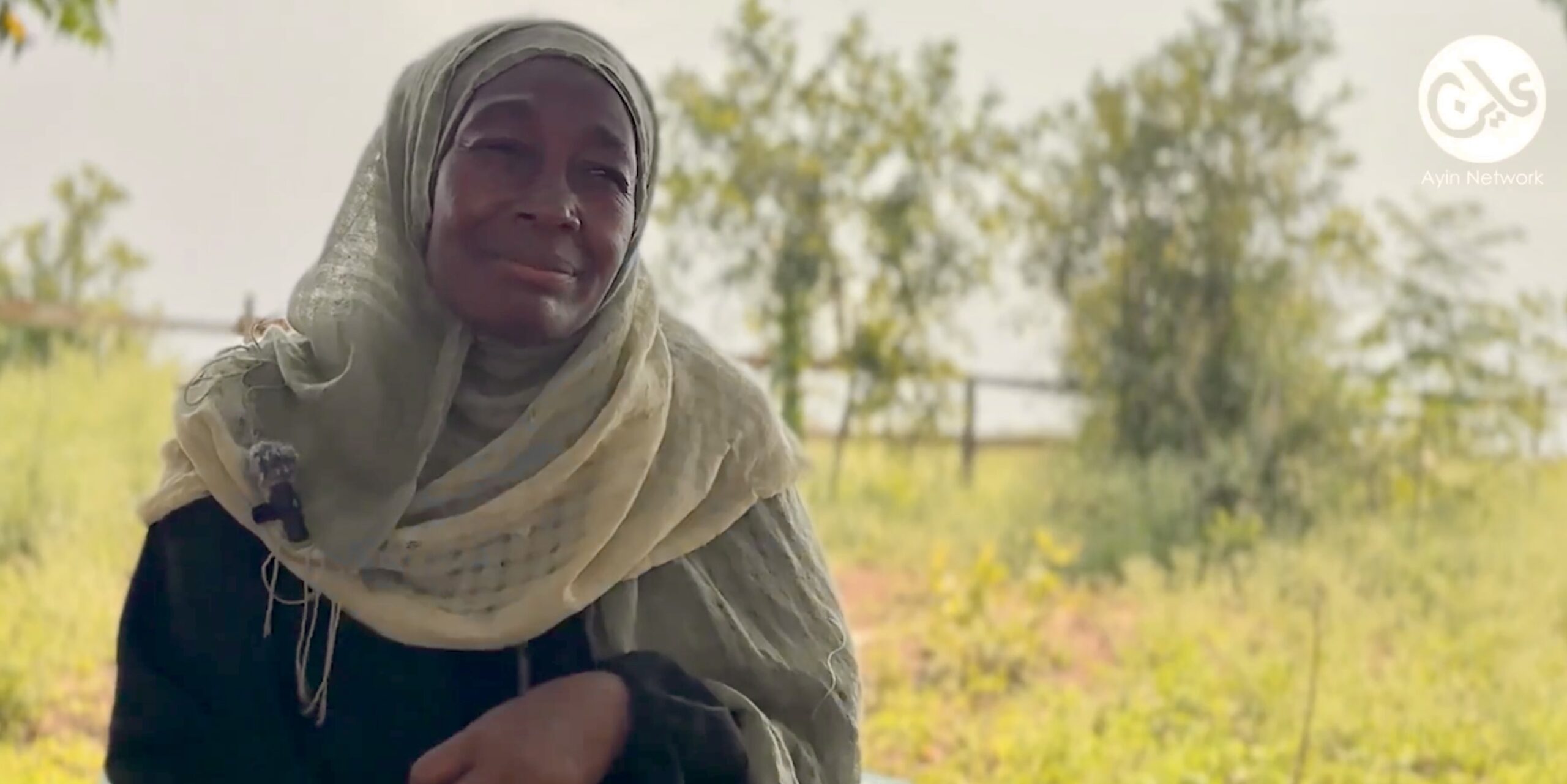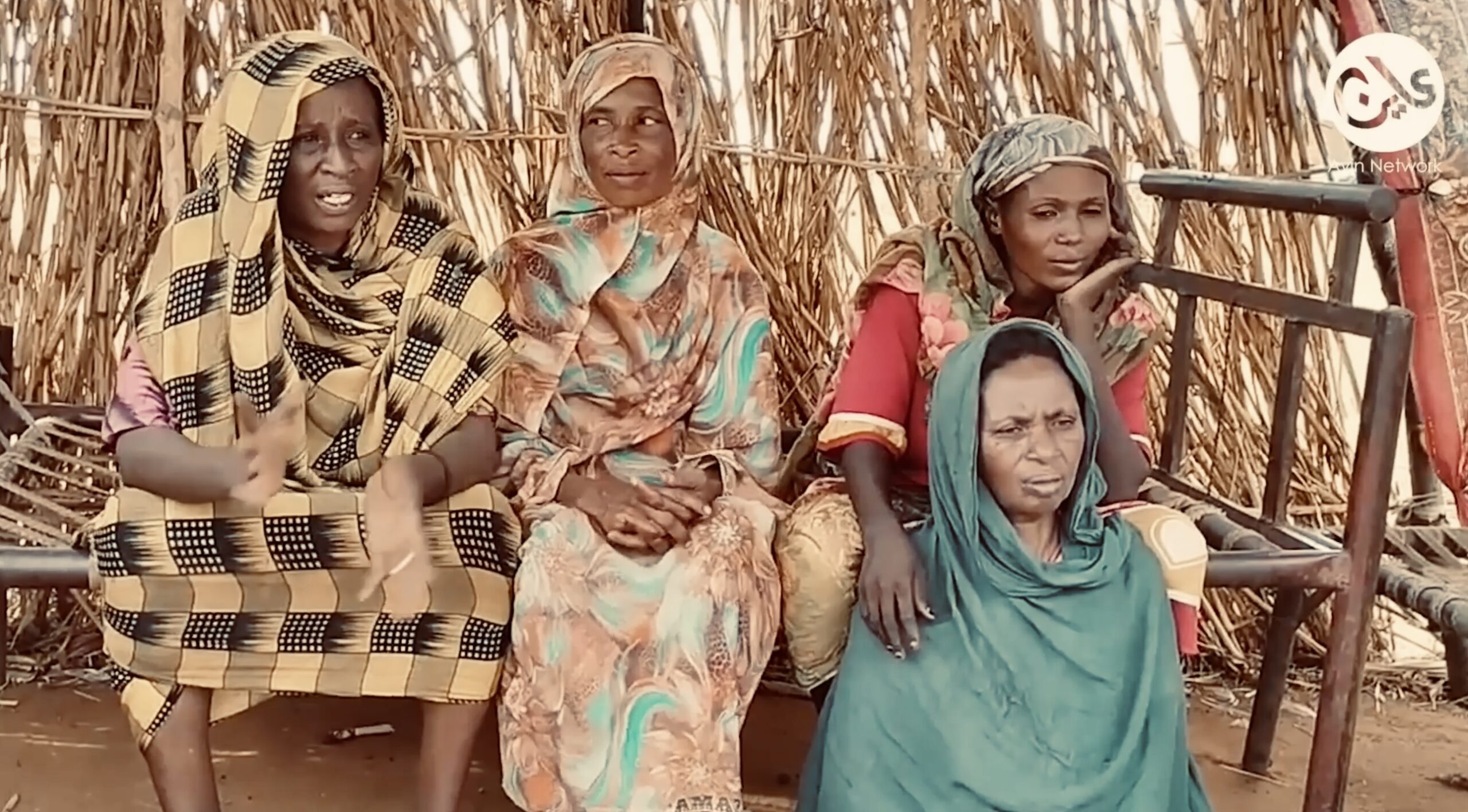The 6 April “Earthquake” protest: new levels of engagement
8 April 2022
Sudan’s nationwide demonstrations against military occupation reached new levels of engagement on 6 April with thousands of protestors in the streets of the capital, Khartoum, along with protests taking place in 15 different states across the country.
Coined the “6 April earthquake” protestors marched towards the presidential palace and army headquarters, chanting that the military must “return to the barracks”. The Sudanese resistance committees, which lead the popular protests against the military coup, called for a demonstration on the anniversary of 6 April 2019 –a historic day marking the beginning of the sit-in that helped topple former president Omar al-Bashir.
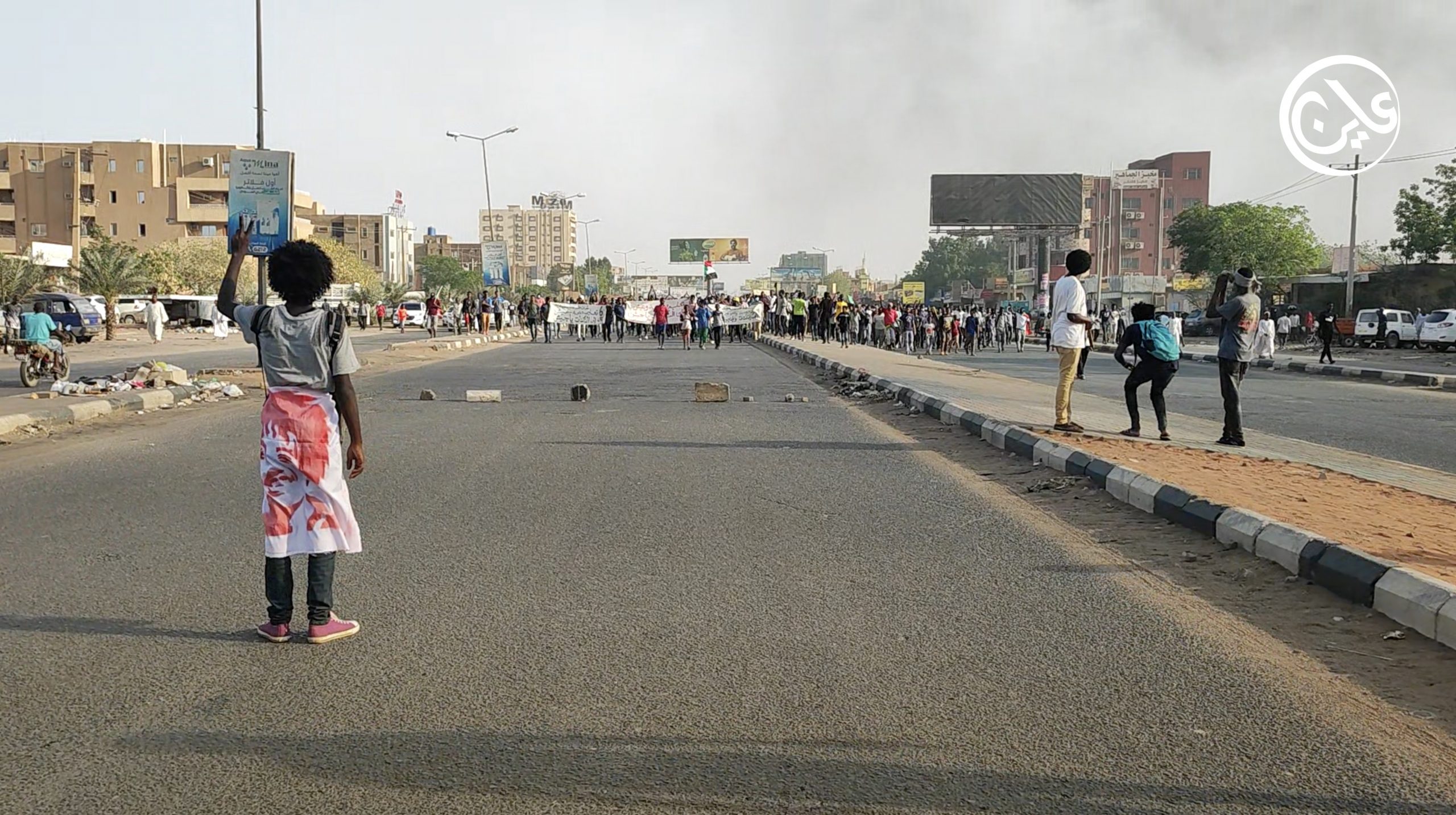
Khartoum resistance committees identified several gathering points that culminated in a crowd on “Africa Street” – Airport Street – one of the largest streets in the city overlooking the country’s main airport. Meanwhile, other protestors marched towards Sudan’s parliamentary building located in Khartoum’s sister city, Omdurman.
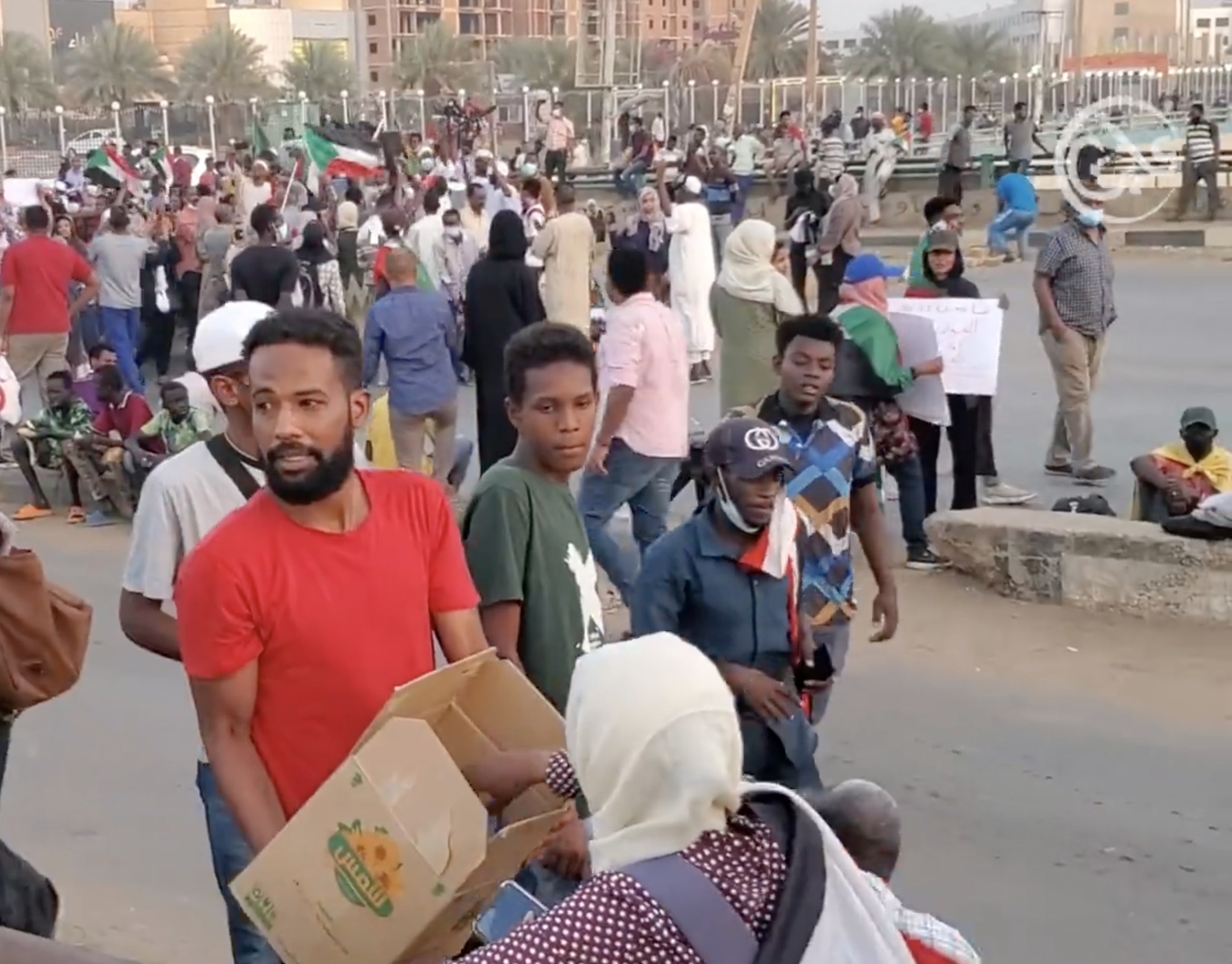
At the hottest time of the year, protestors managed to march in excruciating temperatures -–all the while fasting for the Ramadan holiday. Volunteers came out carrying water and juice for the protestors upon the evening sunset to break the fast.
The high numbers of demonstrators were met by a volley of repressive measures used by the security forces – everything from tear gas and sound bombs to a more recent tactic of using cartridges. The cartridges fire a spray of pellets specifically designed, protestors told Ayin, to cause mass injuries and suppress the marches. The Central Committee of Sudanese Doctors (CCSD) confirmed the death of one protestor and at least 78 injured. According to the committee, El-Tayib Abdelwahab, just 19 years old, died after a bullet damaged his femoral artery during protests in the East Nile region of Khartoum state.
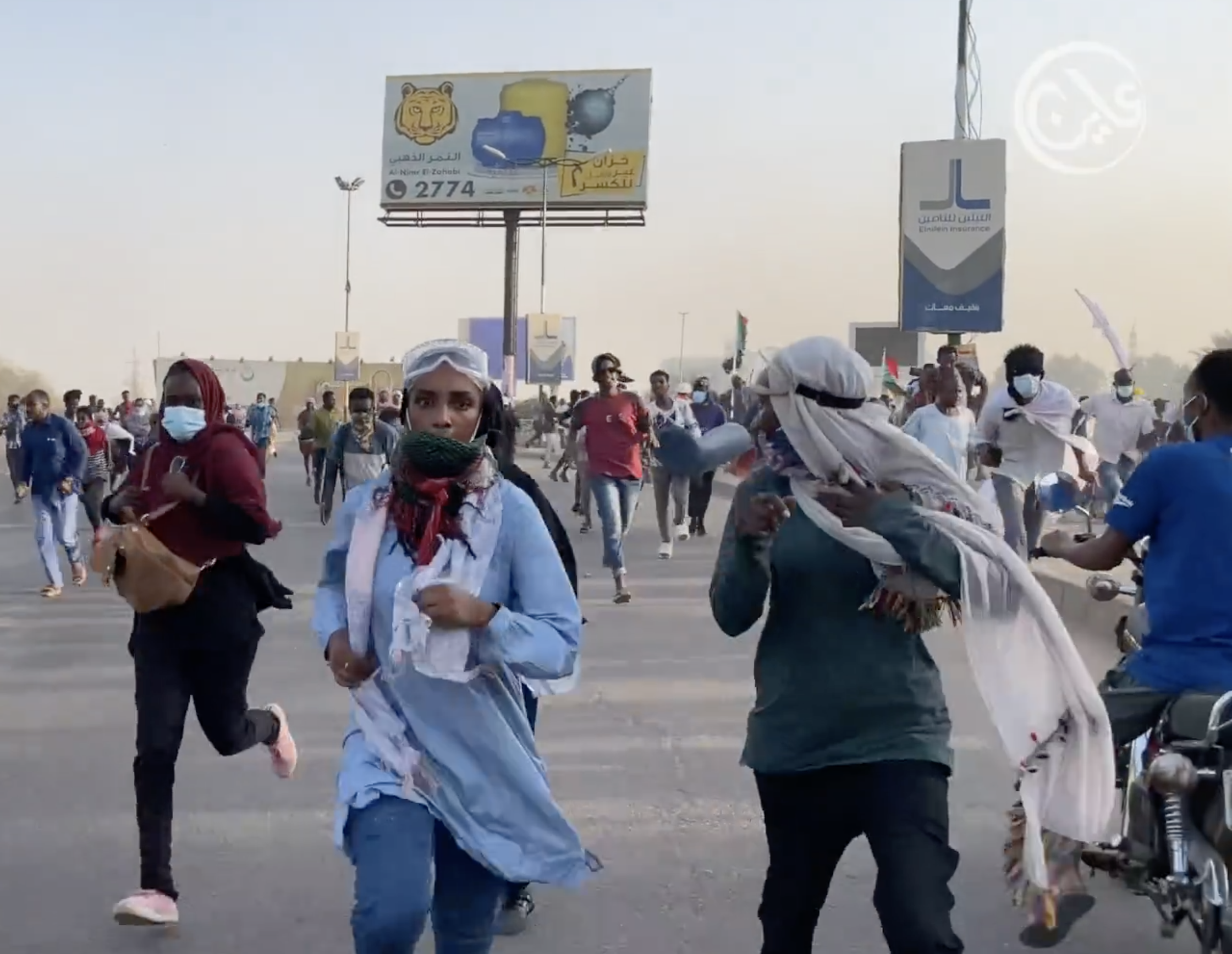
Security forces were stationed at many points in Khartoum, closed a number of bridges linking the city, and sent large reinforcements to the army headquarters and presidential palace. Potentially wary of using live bullets near the airport along Airport Road, the security forces relied on sound bombs and tear gas to repel protestors.
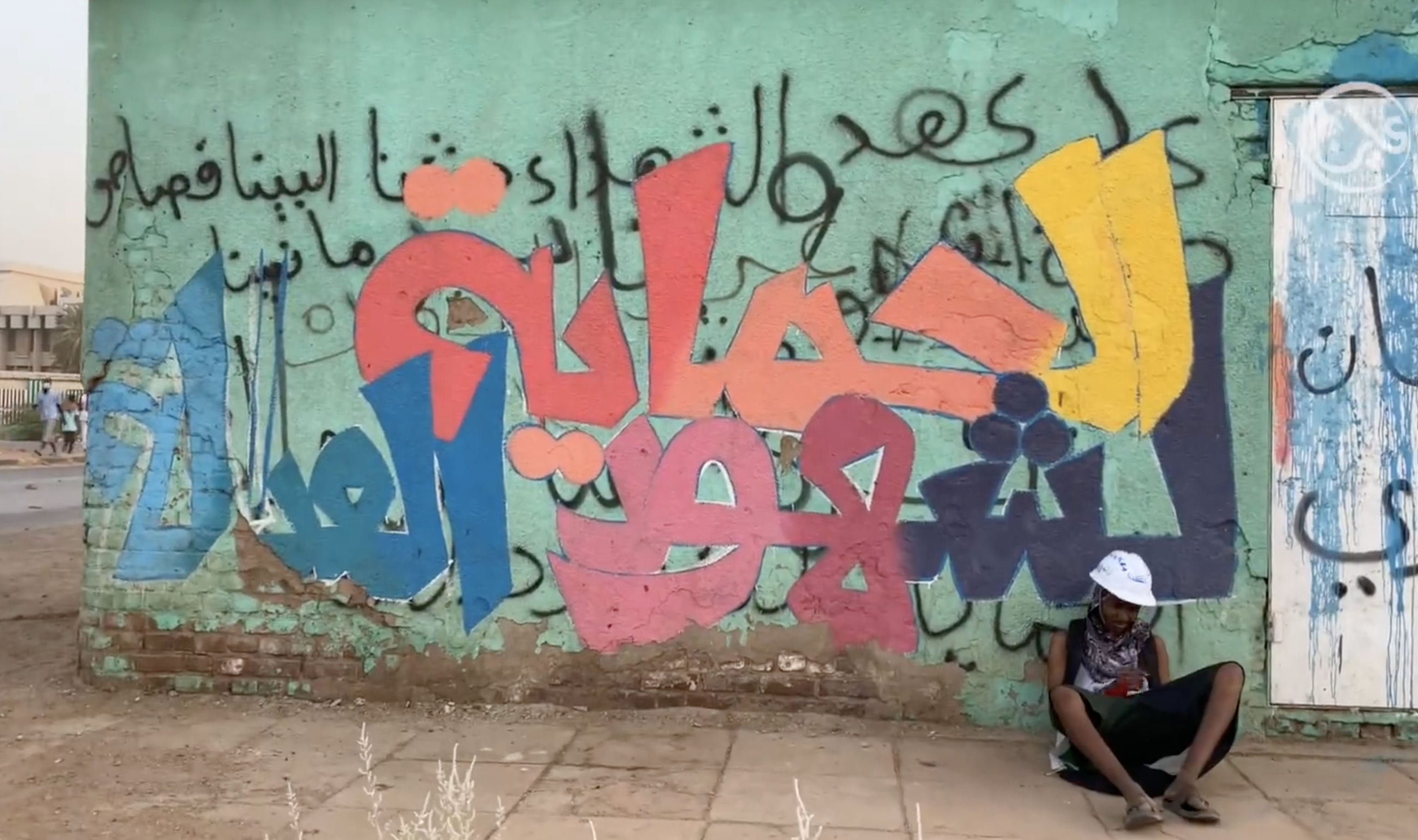
Eyewitnesses in Omdurman, however, say heavily armed security forces opened fire on protestors to prevent them from reaching the parliamentary building, severely injuring one young woman in the abdomen in the process. Thousands of demonstrators took shelter in the inner residential streets of the neighbourhoods of Bant and Al-Mawrada in Omdurman, while security reinforcements arrived in the evening. As some of the protestors retreated, security forces surrounded Omdurman’s El Arbaeen Hospital, preventing any injured access to the facility. According to the doctors’ statement, coup forces fired bullets and sound bombs at the demonstrations within earshot of the staff and patients.
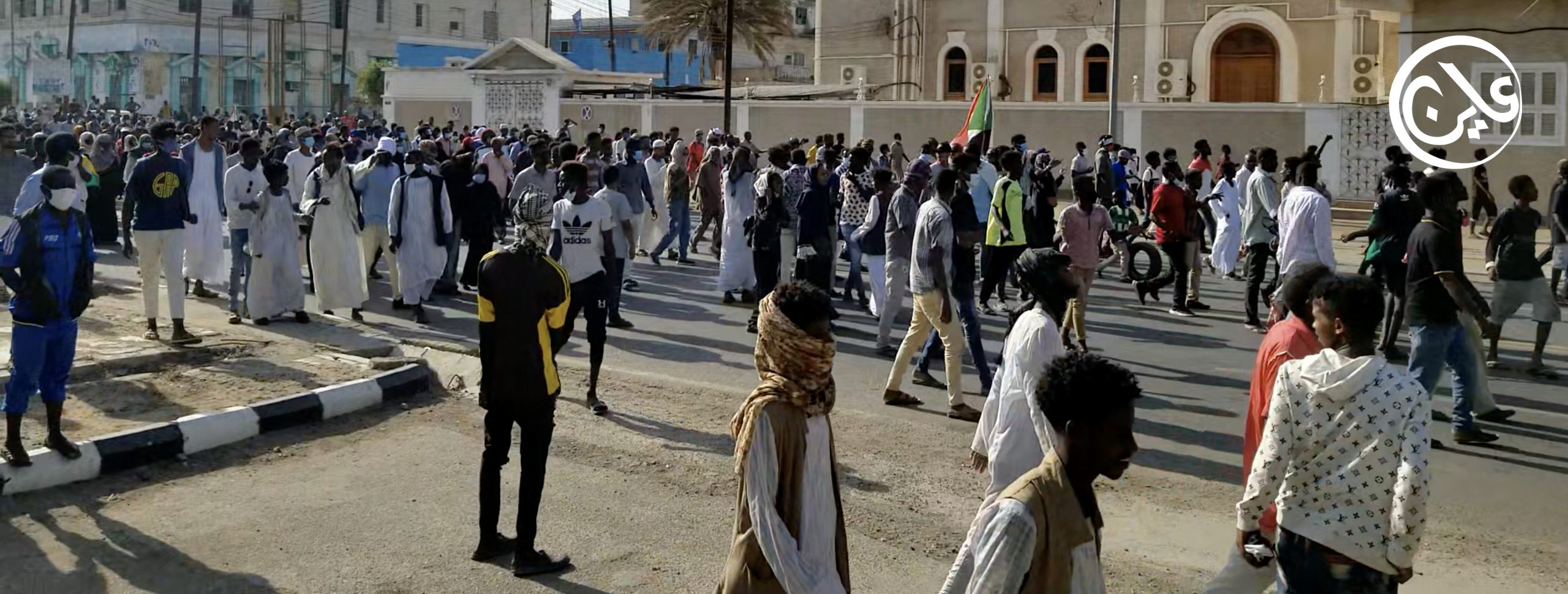
Protests across the country
Protests took place across the country, from the eastern coast of Port Sudan to the western Darfur. Eyewitnesses said thousands of protesters took to the streets early in Nyala, Sudan’s second-largest city, South Darfur State, occupying the cinema square in the city centre and chanting slogans denouncing military rule. Reaching cinema square was no easy feat, according to Issam Shara, a member of the state’s opposition party, Forces for Freedom of Change (FFC), who says protestors risked mass arrest by security forces and managed to remove barricades blocking the site. “The procession of 6 April renewed a sense of popular cohesion and sent a clear message to the military that the Sudanese people will not retreat from a civil, democratic rule,” Shara told Ayin.
In the city of El Fasher, the capital of North Darfur state, thousands gathered in the main square in the centre of El Fasher market, raising slogans calling for democratic civilian rule. The crowds gathered from all areas of the city and beyond –from city residents to those displaced residing in Abu Shouk and Zamzam internally displaced persons (IDP) camps.
A member of the organizing committees for the city’s demonstrations, Zakaria Ahmed Adam, said the North Darfur State Security Committee deployed large military forces from the police, the army and the paramilitary rapid support forces near the city’s hospital square. The square marked the final location for the demonstration, but the security forces did not intervene and break up the gathering. Zakaria called on civil organisations to speak out against the systematic campaign of arrests facing the leaders of the Teachers Committee and the Revolutionary Committees who participated in protests in the past.




